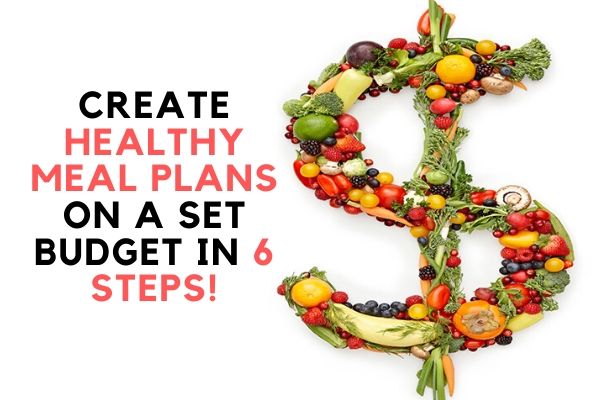Meal plans or diet charts can feel like quite a bit of work. Sometimes they even feel like an additional expense. However, have you ever thought about creating a meal plan on a budget? It’s completely doable! Meals plans are probably one of the first things you should focus on when starting out on your fitness journey! Here we bring to you six steps for you to take when making meal plans on a budget!
Step 1: Know Your Macros
Your daily calories are the summary of your body goals. A surplus is weight gain and a deficit is weight loss. The three macros are protein, carbohydrates, and fat. You need to know how much of each of these macros you should have in your diet. Click here to calculate your macros according to your goals!
Step 2: Figure Out Your Budget
We all have expenses. We all have bills to pay. So, it is absolutely crucial you set a budget for your food. You cannot create a diet chart or prepare meal plans on a budget without deciding on an exact or approximate budget.
Step 3: What Are The Foods That You Like?
Let’s be honest, not everyone likes the same type of food. Additionally, let’s break the myth that healthy eating has limited options. Protein alone has several options in vegetarian and non-vegetarian, vegan too. So! You need to select the food items that you love and wouldn’t mind eating on a daily basis. The one thing to remember is that when you’re on a budget, you cannot have everything. Pick your favorites and move on to the next step!
Step 5: Adjusting The Budget And The Meals
At this point you have everything figured out. Macros, food, budget, everything! Here’s the point from where you implement the budget. How do you do that? For example: if your budget is $150 a week and your protein alone costs you $80 a week, then you need to adjust your meal plans. In this case, you need to buy white rice instead of brown rice. Why? White rice will cover more of the calories needed from carbohydrates.
Another example: If you really love having eggs, then you can get a good amount of protein and fat from eggs. You can prepare eggs in different styles such as scramble, omelet, curry, etc. You can allot a significant chunk of your budget to eggs.
Step 6: Are There Cheaper Options With Same Nutritional Values?
Sometimes, just sometimes you’ll find yourself in the middle of the supermarket aisle looking at the nutritional values of an item. What’s even better is when you realize this item is considerably cheaper than the one you have been buying. This step is probably more suitable for college students trying meal plans on a budget. If you’re living on a budget or from a part-time job then it’s best to go for the cheaper option.

Pro Tip: Markets often put a huge discount on items that are about to reach their expiry date. Even when you’re buying on a budget make sure you don’t put your health at risk.


